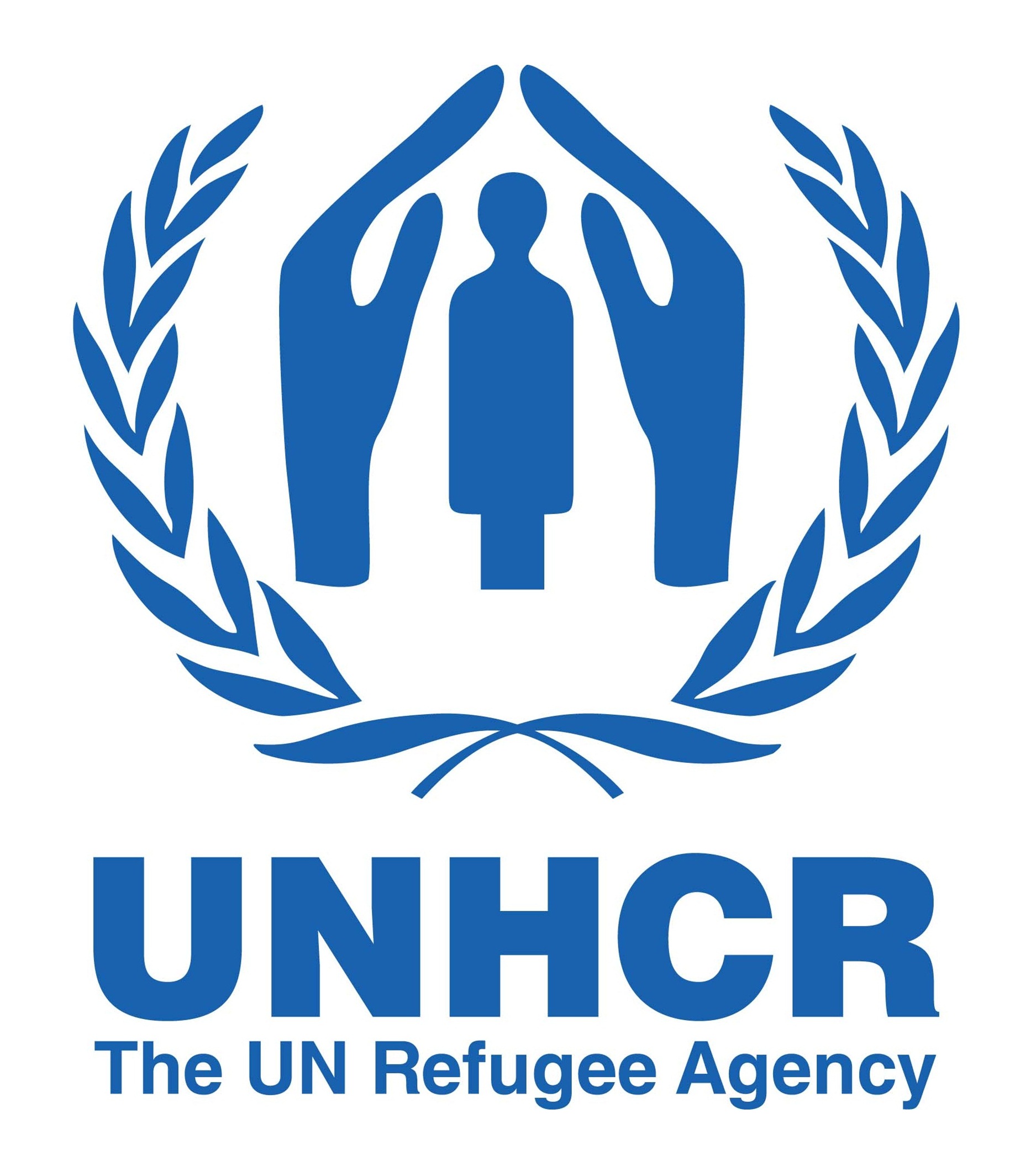Protecting Against Exploitation for Asylum Seekers and Refugees: The Impact of Information Provision in Greece

An aerial view of Athens. © 2023 Marine Casalis
Funded by HTRI and in collaboration with UNHCR and the International Rescue Committee (IRC), researchers conducted a randomized evaluation to assess the impact of legal information in reducing the risk of trafficking among refugees and asylum seekers residing in Greece. More refugees and asylum seekers accessed generic legal information, but those who received personalized information were better at identifying instances of exploitation and coping with violence.
People who flee their place of habitual residence are at high risk of human trafficking and abuse, particularly while they seek legal status in their country of asylum.1 There are approximately 95,000 refugees and asylum seekers in Greece, where traffickers conduct operations within the country and across the Mediterranean.2 How does raising awareness about access to services and legal information reduce refugees' and asylum seekers' vulnerability to exploitation? What factors shape whether improving access to information can reduce vulnerability?
Funded by HTRI and in collaboration with UNHCR and the IRC, researchers conducted a randomized evaluation to assess the impact of legal information on the risk of trafficking among refugees and asylum seekers residing in Greece. A total of 1,707 refugees and asylum seekers were randomly assigned to the following groups:
- Generic legal information: Refugees and asylum seekers in this group were encouraged to access legal information from a website called Refugee.Info, covering topics such as asylum claims, public services, and rights under Greek and international law.
- Personalized legal information: Refugees and asylum seekers in this group were encouraged to reach out to case workers providing them with the same information as the website, but it was personalized through one-on-one WhatsApp conversations.
- Comparison group: Refugees and asylum seekers in this group received no intervention.
Refugees and asylum seekers were more likely to access general legal information, which had a take-up rate of 50 percent compared to 31 percent for personalized information. However, when engaging the information, individuals with personalized information were three times more likely to identify instances of exploitation and over twice as likely to know coping strategies for violence compared to those with generic information. Results suggest that personalized information was more effective due to the human connection in chats and because refugees and asylum seekers could access case-specific legal information that was unavailable in the generic information.
Sources
1. Forin, Roberto & Healy, Claire (2018). Trafficking Along Migration Routes to Europe: Bridging the Gap between Migration, Asylum and Anti-Trafficking. Vienna: ICMPD.
2. A21 Campaign, 2020.
Partners
















